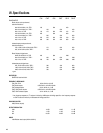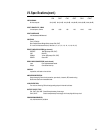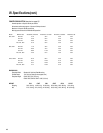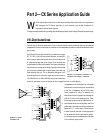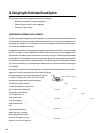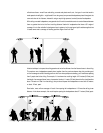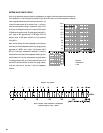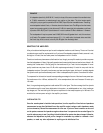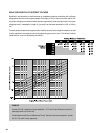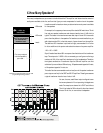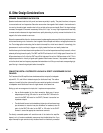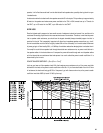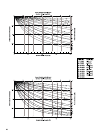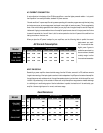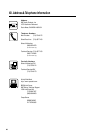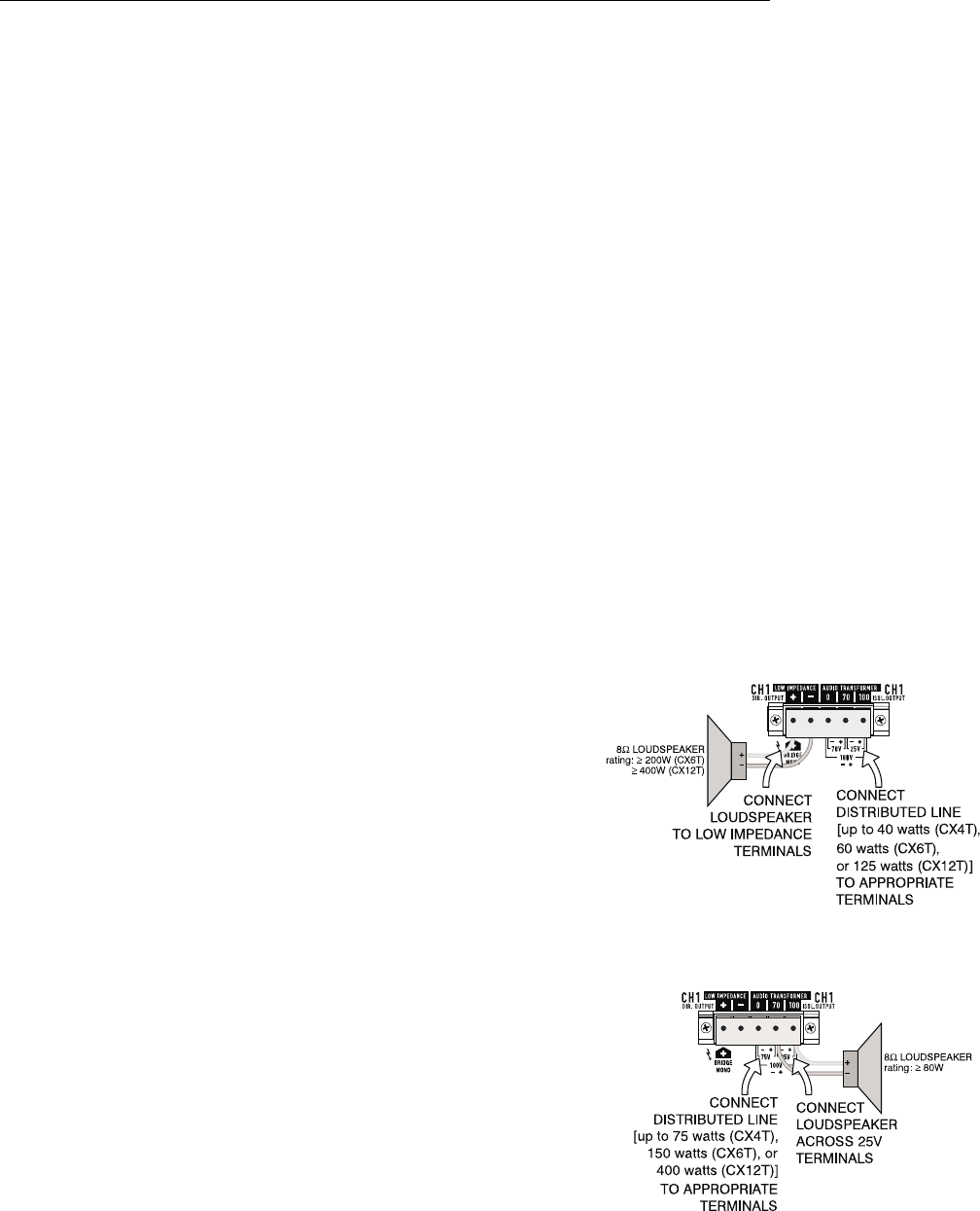
26
XI. Other Design Considerations
SPEAKER TRANSFORMER SATURATION
Speaker transformers tend to be fairly small, and some vary widely in quality. They tend, therefore, to be prone
to core saturation at low frequencies. Saturation occurs when the magnetic field induced in the transformer’s
iron core by the audio signal waveform has built up as high as the core can handle. Even if the signal voltage
increases, the magnetic flux cannot increase any further, so it “clips,” in a way. High frequencies are less likely
to cause saturation because the signal waveforms, rapidly alternating in polarity, reverse the direction of the
magnetic flux before saturation can occur.
Saturation causes audible distortion. In extreme cases it can damage the power amplifier driving the line, because
as the transformers go out of saturation, their magnetic fields collapse and induce a voltage spike across the
line. That voltage spike travels along the line back to the amplifier, which has to absorb it. Interestingly, this
phenomenon is much more likely to happen on a lightly loaded line than on a heavily loaded one.
An effective way to eliminate the saturation problem is to filter out the frequencies most likely to cause it, without
adversely affecting the audio quality. The CX6T and CX12T both have built-in 45 Hz high-pass filters with an 18
dB per octave bass roll-off, while the CX4T has a 50 Hz high-pass filter with a 12 dB per octave roll-off. This is
adequate prevention for virtually all good-quality speaker transformers. However, if any speaker transformers
on the line do not have low-frequency responses that extend down to 45 Hz, you must insert corresponding high-
pass filtering in the audio signal path before the amplifier.
CONNECTING BOTH A DISTRIBUTED LINE AND A DIRECT LOUDSPEAKER ON ONE
CHANNEL
The T versions of the CX amplifiers have simultaneous direct outputs (for loudspeak-
ers) and 25-, 70-, and 100-volt isolated outputs (for distributed lines). This adds a
measure of versatility that few other amplifiers can match: being able to drive both
a loudspeaker and a distributed line on a single channel at the same time.
Setting up such an arrangement is simple, but it requires some precautions:
• Use an 8-ohm speaker for the direct connection. Make sure it has an
adequate power rating (150 watts for use with the CX4T, 200 watts for
use with the CX6T; 400 watts for the CX12T). Connect it across the low
impedance outputs.
• The distributed line must not be loaded any higher (sum of transformer taps
plus allowance for insertion loss plus allowance for headroom) than 40
watts for the CX4T, 60 watts for the CX6T, or 125 watts for the CX12T.
Connect it across the appropriate transformer terminals.
The directly connected speaker will constitute most of the load on the amplifier
channel, so it will receive considerably more power than the distributed line. If you
adjust the amplifier gain controls to vary the sound level from the directly connected



